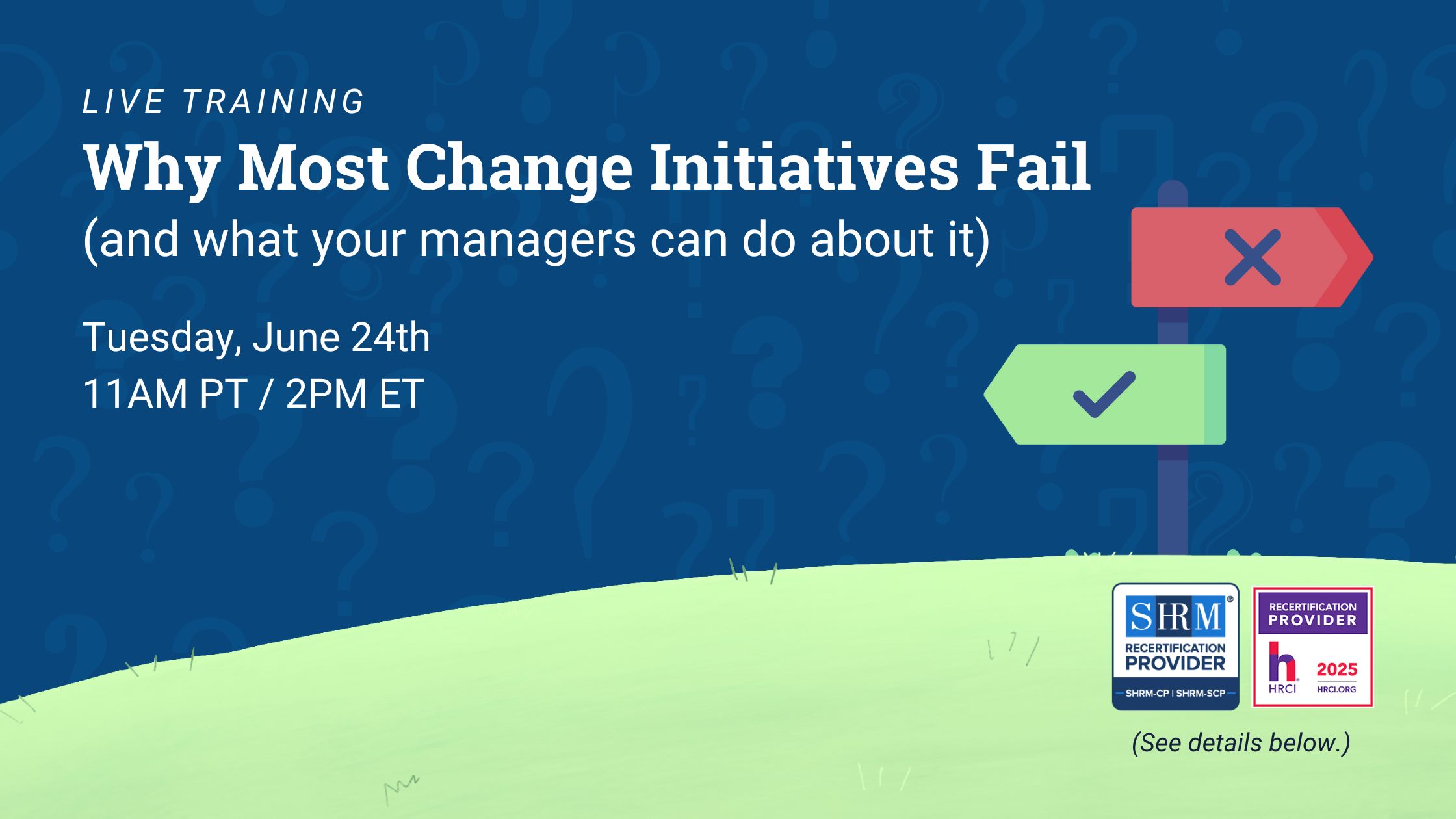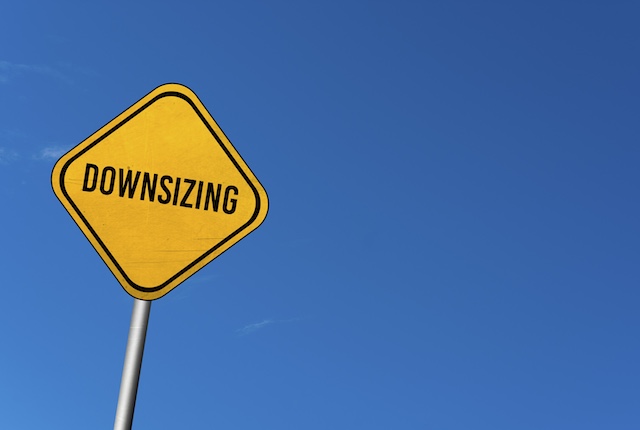Due to the economic effects of the coronavirus crisis, many American workers are asking for the first time: How does unemployment insurance work? Because unemployment insurance is a requirement for most employers, it’s important for business owners, executives, and human resource professionals to have a basic understanding of how it functions.
Unemployment insurance is a state and federal program that provides temporary benefits to people who are out of work. When an employee loses their job for reasons beyond their control—during a layoff, for example—they can apply for unemployment insurance. If they’re eligible to receive unemployment, they’ll get a percentage of the wages they earned while employed.
So how does unemployment insurance work? To be eligible, an employee must meet the “base period” requirement—meaning the person must have been working and earning wages for a minimum period of time. In most states, the base period is about a year (or the first four of the last five quarters in a calendar year). A few states have an “alternative base period” which allows more low-wage workers to qualify.
Curious why someone might not be eligible to receive unemployment? If they were fired, quit voluntarily, or were working as an independent contractor, they wouldn’t qualify for unemployment benefits.
How does unemployment insurance work for the employee?
Because unemployment benefits exist to help replace lost wages, the benefit amount varies depending on what the employee was making in income. The benefit amount also varies depending on what state the employee lives in.
States calculate unemployment benefits differently. But on average, unemployment pays about half of what the employee used to make—up to the state’s cap amount. So, a higher earner might receive a smaller percentage of what they made in wages.
How long does unemployment insurance last?
The duration of unemployment benefits also varies by state, but employees can typically receive unemployment for up to 26 weeks. However, this is all during “normal” times. During times of crisis (for example, COVID-19) the duration and amount of wages can be increased. Read on for more details.
To keep receiving benefits, a claim has to be filed every week to two weeks, depending on the state.
Who pays for unemployment insurance?
How does unemployment insurance work in terms of funding? To help fund unemployment insurance, most businesses with employees are required to pay both state and federal taxes for every employee they hire—either quarterly or annually. The federal and state taxes are handled differently.
FUTA
The Federal Unemployment Tax Act (FUTA) tax is not a payroll tax that’s withheld from employees’ wages. Instead, it’s paid for by the employer only.
How much does it cost? The 2019 tax rate is 6% of the first $7,000 in gross wages paid annually to each employee. The $7,000 cap is known as the federal wage base. Keep in mind that some businesses could qualify for a tax credit up to 5.4% (reducing the cost from 6% to 0.6%). Form 940 covers your FUTA tax rate for the year.
SUTA
The State Unemployment Tax Act (SUTA) works alongside the federal tax. In most states, SUTA tax is paid solely by the employer. The state you’re in will set your SUTA tax rate. States also set their own taxable wage base (the maximum amount of wages that employers pay unemployment insurance taxes on).
And unlike FUTA, your past unemployment claims affect your SUTA tax rates. This means that companies with historically higher turnover (or frequent layoffs) typically will pay a higher unemployment tax rate.
To help keep your SUTA rate on the lower side, focus on hiring smarter and avoiding layoffs. If layoffs are necessary, generous severance packages and outplacement services can help decrease the amount of unemployment claims.
What happens if the employee works in more than one state?
How does unemployment insurance work for those employees who work in multiple states? If any employee works in more than one state, there are multiple ways to determine which state taxes should be paid to:
- Does the employee spend the majority of their time working in one state?
- Where is the main office located?
- Where does the employee live?
What happens when a former employee files for unemployment?
How does unemployment insurance work once a terminated employee formally requests unemployment benefits? After an unemployment claim has been filed, the former employer will receive a notice from the state. The former employer can then decide whether or not to approve the claim. If the claim is contested, supporting paperwork to prove that person is not eligible will need to be provided.
Has unemployment insurance been affected by COVID-19?
On March 27, 2020, Congress passed The Coronavirus Aid, Relief, and Economic Security (CARES) Act. Part of that law addresses unemployment insurance, increasing the benefit duration by 13 weeks, adding an additional $600 per week (through July 31), and expands benefits to self-employed and gig workers who wouldn’t normally qualify.
As an HR professional, you’ll likely often get the question, “how does unemployment insurance work?” from employees. Keep the information above in mind when answering that question, and make sure to stay abreast of latest changes in the law due to circumstances like the coronavirus crisis.











